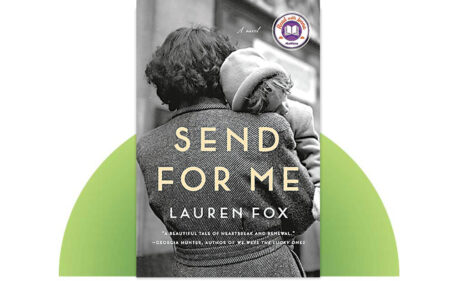What if schools, tasked with teaching our children to read, were actually systematically killing their love of literature? According to Kelly Gallagher, author of Read-i-cide: How Schools Are Killing Reading and What You Can Do About It, this ‘what if’ scenario is actually a reality thanks to the “inane, mind-numbing practices found in schools.”
Unfortunately, over the course of his twenty-three years as an English teacher, Gallagher learned that although schools claim to value reading often it’s a “euphemism for preparing students to pass mandated multiple-choice exams.” Of course, he clarifies test-taking knowledge isn’t what’s problematic rather the fact that “we are developing test-takers at the expense of readers.”
Gallagher believes schools are harming young readers in two ways:
- A curriculum steeped in multiple-choice test preparation drives shallow teaching and learning.
- Rather than lift up struggling readers, an emphasis on multiple-choice test preparation ensures that struggling readers will continue to struggle.
Standards play a critical role in “helping teachers plan and align their instruction,” Gallagher realizes, but he believes there are just too many of them. Therefore, teachers have two options: “either they teach all standards shallowly to make sure the content on the test is covered before students sit down to take the exams, or they slow down and teach deeply, thus sacrificing their test scores by not covering all the content that will be on the exam.”
If schools really value reading, then Gallagher believes they need to engage students in more authentic experiences. For obvious reasons, the more a student reads, the better the student becomes at reading. “Unfortunately, putting good books in front of our students has not been the focus in many of our nation’s schools,” argues Gallagher. As a result, although students practice the skill of decoding words, their artificial experiences prevent them from developing a deeper understanding of a text.
This lack of exposure to readings of various lengths from an assortment of genres results in a poverty of knowledge. The deficit then translates into less meaningful information to “activate” the next time they read. It’s a vicious cycle that Gallagher argues needs to stop because it’s created students who “can find information on a moment’s notice on the Internet, but they have trouble getting past a surface-level understanding of the text they retrieve.” Essentially, Readicide maintains, “they know a lot, but understand little.”
Schools can’t continue to remove books in favor of practice exercises or eliminate subjects, such as science and history, to create more time for test prep in the hopes of leaving no children behind. The approach is actually having a negative effect. According to Gallagher, American students were ranked fourth highest in the world in reading in 2001 and tenth in 2006. “In an era in which our students will be competing for jobs in a global marketplace, our current approach to teaching reading promises long-lasting, deleterious effects on both our children and our nation.”
The study, To Read or Not to Read, by the National Endowment for the Arts in 2007 conveys other similarly troubling trends:
- On average, Americans fifteen to twenty-four spend almost two hours a day watching television, and only seven minutes of their leisure time on reading.
- Nearly half of all Americans ages fifteen to twenty-four do not read books for pleasure.
As Gallagher explains, “To become a lifelong reader, one has to do a lot of varied and interesting reading. If students don’t read much at home, school becomes the only place where ‘lighter’ reading can take hold. When schools deprive students of the pleasures of recreational reading, we end up graduating test-takers who may never again read for pleasure.”
So if you agree that “Reading is too complex to learn one rule at a time” as author Stephen Krashen’s argues in The Power of Reading: Insights from the Research, stay tuned for tips to ending read-i-cide.
Don’t forget to like Parenting by the Book on Facebook for updates on blog posts.
Read my other blog Befriending Forty and find out what happens when the person you thought you’d be meets the person you actually became.






